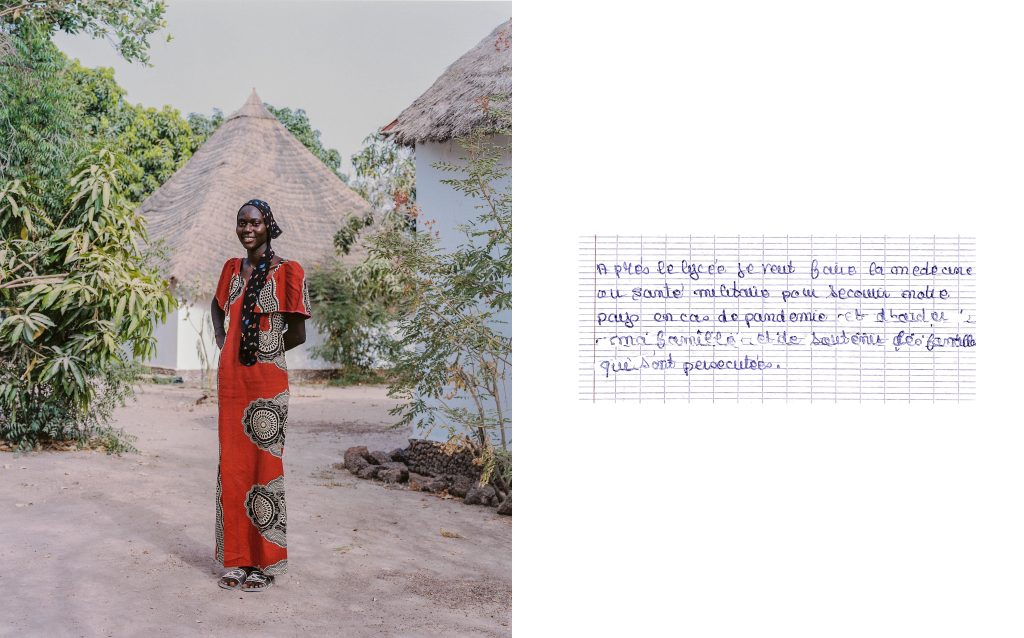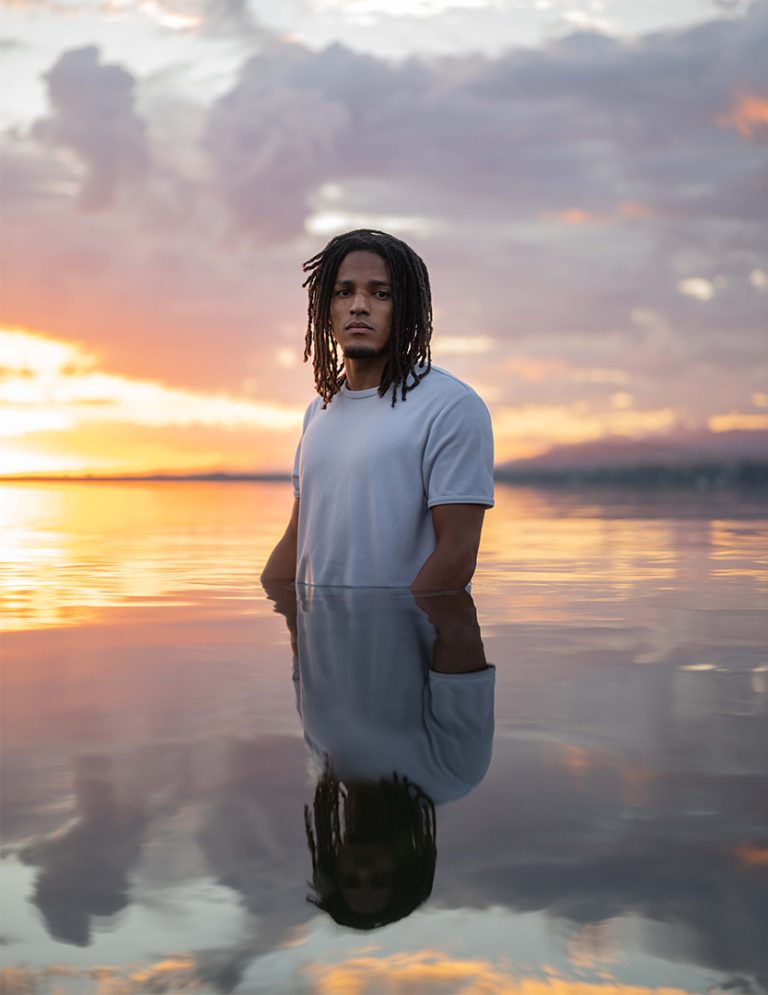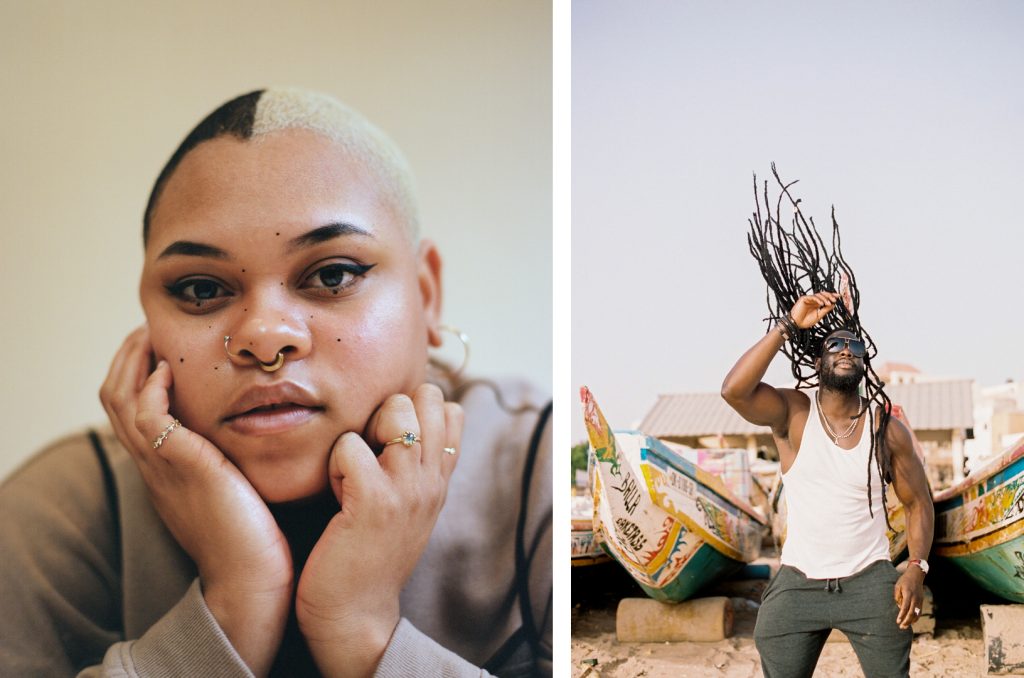We speak with Clara Watt, an award-winning documentary photographer, about her work and how to use photography to create a better world.
Clara Watt is a Senegalese-Canadian photographer exploring culture and social justice stories such as racial, gender and women’s empowerment. In her work, she strives to bridge the gap between fine art, social documentary, and advocacy, motivated by the intimate relationships fostered with her subjects.
Maria / culturala
Very nice to meet you and great to have this conversation. How did you start your practice as a documentary photographer? It’s not often that photographers end up that route, so I’d be very interested to hear how it all began.
Clara
I’m a self-taught photographer and storyteller. I’ve been making pictures since I was about 13 years old, as a hobby to start. I completed my studies in International and Economic Development. My parents both work for the UN so I’ve always been interested in humanitarianism, and making the world a better place. I always thought I would follow a similar path in life, but after leaving university my passion for documenting human stories visually really developed and I ended up on that route instead.
I truly believe that my academic career provided me with the contextual information I needed to tell the stories I was passionate about. My courses in gender, African studies and global inequalities motivated me to translate these issues through photography and portraiture, intimately connecting with people who were most affected, and providing them with a platform to tell their own stories. I’ve always been incredibly moved by documentary photography and storytelling in the way they can promote empathy and create change, and I strive to capture powerful narratives that can contribute to this storytelling landscape.

culturala
Very interesting. What do you feel – or what do you hope – documentary photography can achieve in terms of humanitarianism? I’ve always seen storytelling as a way to change the world and the more disparate voices you showcase the better able we are to collectively shape a better future, so it’s nice to hear that you come from a similar perspective.
Clara
Yes, I completely agree! I myself have been so moved and captivated by photo documentaries, so I truly believe in their power to make a positive impact. My hope through my work is to freeze time, in a way, and allow people the chance to connect with parts of the world, peoples and issues they maybe wouldn’t have thought of, or aren’t aware of. A lot of the news content we now see online is instant, short bursts of information meant to captivate us for fleeting seconds, before moving on to the next story. Documentary photography forces the audience to take the time to connect with the subject matter, read the project descriptions and captions, and appreciate the sequence and thought process that went into crafting a photo-documentary. It’s in this way that change can then happen, and I believe documentary photography has the power to do that.
culturala
Could you tell me a little bit about one of your projects, perhaps your favourite series/investigation or one that got published somewhere special?
Clara
I feel very lucky to have worked on engaging and collaborative documentary projects around the world, but my favourite would have to be my ‘Behind the Masquerade‘ series published for HuffPost in 2022. For the first time since 2019, the Carnival returned to the streets of West London, and I wanted to pay tribute to last year’s festivities and big return, and to pull open the curtain to reveal the Carnival community that makes it all happen.
I spent the month leading up to Notting Hill Carnival capturing various Mas Bands, Steelbands and Samba dance groups as they rehearsed, embellished their costumes, and revelled in the Carnival’s grand return, combining intimate portraiture, photo-journalism and interviews to highlight the importance of Carnival to the Caribbean community in the UK.
This was truly a dream project, as I had attended Notting Hill Carnival several times while living in London and always wished to capture the festival in some way that had more depth than simply capturing the vibrant energy on parade days. I never quite got the vision right and then COVID put a halt to Carnival. Carnival’s return after three years off the road inspired me to capture the resilience and positivity exuded by the community that was most affected by its absence.
culturala
I love how person-focused the series is, highlighting moments in individuals’ lives to show this resilience. Was there something you learned personally during this project, either when you were looking for how to get the vision the way you wanted it or when you found your way in this 2022 depiction?
Clara
One of the many things I learned was the importance of research and vision boarding! I spent 4 months leading up to the start of my Notting Hill shoot research and creating my vision board which was extremely helpful once the shoot started. It provided me with direction in how I wanted the story to look visually, but researching and reaching out to groups and subjects ahead of time meant that my month of shooting was set, meetings and shoots scheduled and I could focus on creating beautiful photos. Of course, during big projects like this one, unexpected hurdles do pop-up, and I learned that adapting to situations out of your control is also key to moving forward.

culturala
Going back to your practice generally, I wanted to ask what advice you would have for someone starting out as a documentary photographer. What have you learned that you’d like to share? It can be either in terms of the artistry of it or in practical terms like how you get your work out there.
Clara
Gosh, I could write a book with everything I’ve learned so far in my career. I suppose my main piece of advice for budding documentary photographers would be to really reflect on stories that feel personal to you, a topic or community you feel connected to, and find a way to tell that story through your unique lens. My very first project documented the politics of black hair, and I truly believe the depth and connections I created through capturing those portraits was due to the fact that I was part of that community, and I created photos that I myself would have been inspired by as a young girl.

That is not to say that photographers should only tell stories from within their own communities. I am also passionate about documenting the lives of the LGBTQ+ community, as an ally. If you are thinking of entering a space you are not a part of, make sure to create those connections first. I start all my projects by meeting with my subjects, introducing my work and hearing their experiences, and why they would like to share their story. This breaks down the barrier between photographer and subject, and allows for a more collaborative process
With love,
Clara and culturala
You can find Clara’s work through her website, claratakesphotos.com – or keep up-to-date with her latest news via her profile on our network page.
We use cookies to make sure you get the best out of our presence, and by using our website, you agree to our use of cookies. For more information, read our Policies or reach out to us by email.